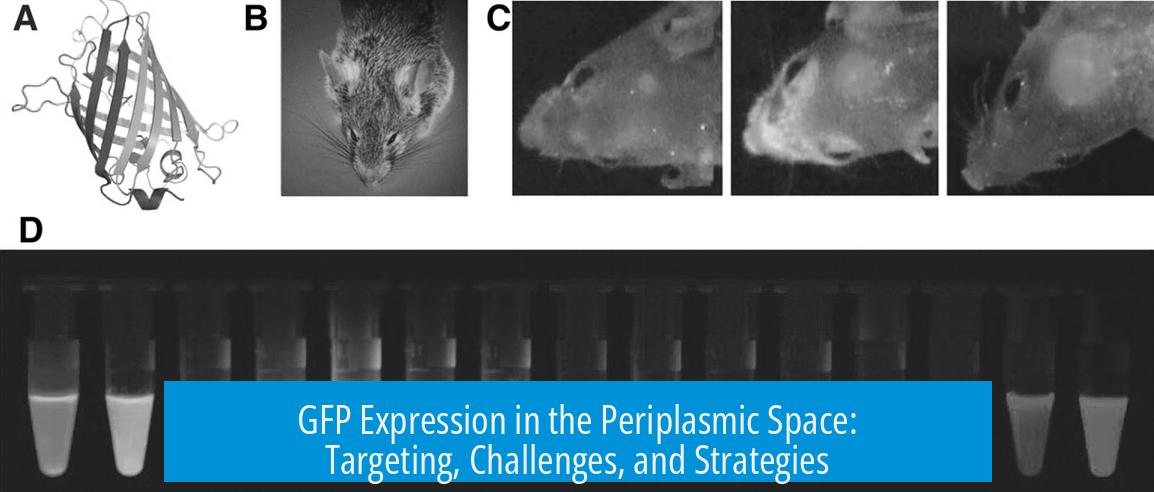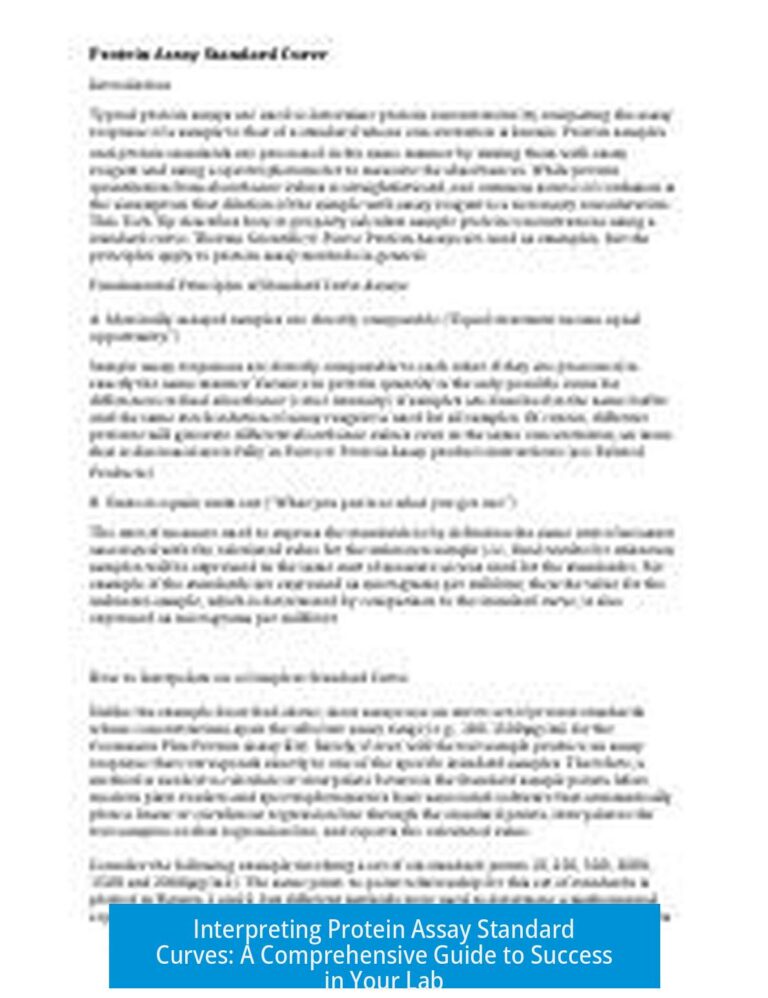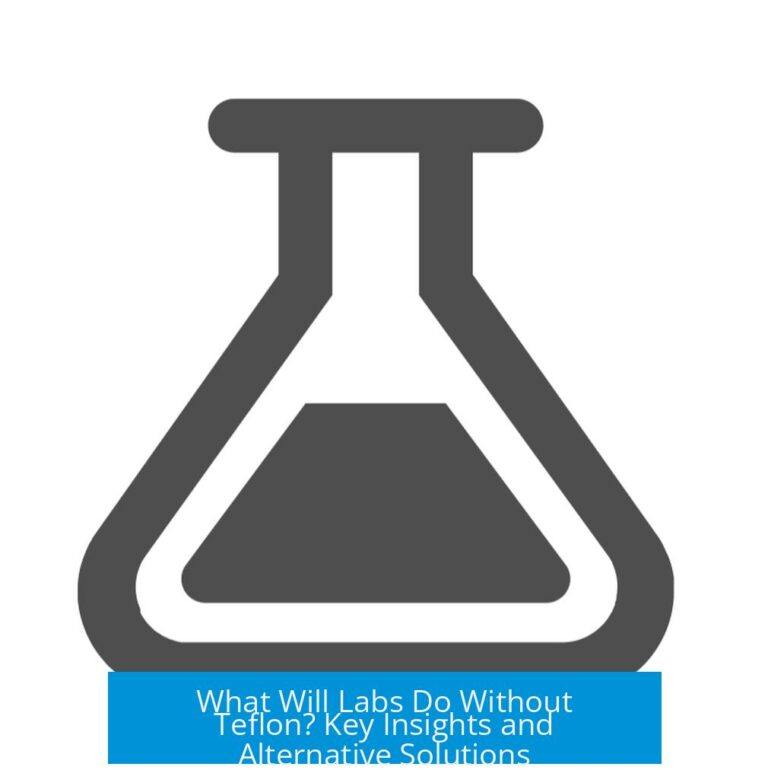GFP Expression in the Periplasmic Space
Green fluorescent protein (GFP) can be targeted and expressed in the periplasmic space by fusing it with suitable signal peptides. This strategy ensures the protein is translocated across the inner membrane into the periplasm, though challenges related to protein folding and fluorophore assembly may arise due to the oxidative environment.
Targeting GFP to the Periplasm
To localize GFP in the periplasm, the protein must be fused to a signal peptide sequence that directs the transport machinery. Two main pathways exist: the Sec and Tat pathways.
- Sec Pathway: A commonly used mechanism, the Sec pathway moves unfolded polypeptides across the inner membrane cotranslationally. This ensures the nascent GFP is secreted directly into the periplasmic space.
- Signal Peptide Fusion: The signal peptide, derived from proteins naturally localized in the periplasm, ensures efficient targeting. Proper choice of signal peptide can yield near 100% periplasmic localization.
Challenges in Periplasmic GFP Expression
The periplasm presents a distinct environment compared to the cytoplasm. It has an oxidative redox state, which can influence protein folding and chromophore formation in GFP.
- The oxidative conditions may hinder correct fluorophore assembly, potentially reducing fluorescence efficiency.
- Folding assistance by periplasmic chaperones differs from cytoplasmic counterparts, potentially affecting protein stability.
Strategies and Considerations
Researchers can optimize GFP variants adapted for periplasmic expression. For example, using superfolder GFP variants or engineering the chromophore to assemble under oxidative conditions can improve signal intensity.
Consulting scientific literature such as the article available at https://doi.org/10.1111/mmi.14206 provides detailed experimental strategies and assessments of periplasmic fluorescent protein expression.
Summary of Key Points
- Fusing GFP with Sec or Tat signal peptides directs it effectively to the periplasm.
- The Sec pathway translocates proteins cotranslationally, ensuring periplasmic localization.
- Periplasmic redox conditions pose challenges to GFP folding and fluorescence.
- Modifications to GFP or folding helpers may improve periplasmic expression outcomes.
- Reviewing current literature can provide optimized protocols for expression and detection.





Leave a Comment